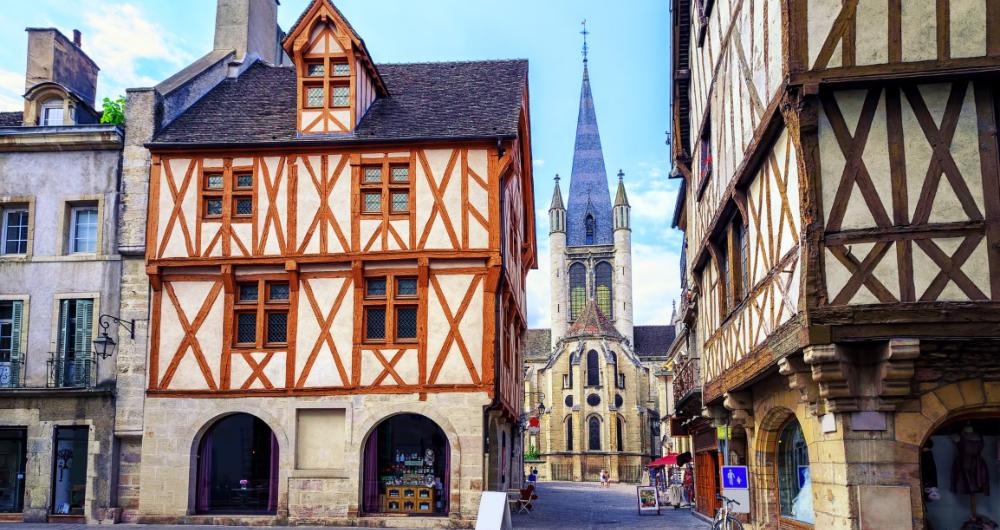In This Article
Need a charming blend of Burgundy wine, mustard, and medieval beauty? Head to Dijon! Capital of France’s Burgundy region, Dijon is famed for its rich gastronomy, half-timbered houses, and historical elegance. Whether you're wine tasting, exploring museums, or strolling cobbled lanes, Dijon delivers a refined yet welcoming French escape.
When I like to visit
The best time to visit Dijon is during the spring and fall (April–June and September–October), when mild weather and fewer crowds make it perfect for sightseeing, wine tours, and dining outdoors. Fall also coincides with grape harvest season in Burgundy.
Tips for getting There
- By Train: Dijon-Ville station is served by high-speed TGV trains from Paris (1.5 hours), Lyon (2 hours), and other major cities.
- By Car: Dijon is located along the A31 and A39 motorways, about 3 hours southeast of Paris and 2 hours north of Lyon.
- By Air: The nearest major airports are in Lyon (LYS) and Paris (CDG or ORY), with train connections to Dijon. Regional flights may arrive at Dole–Jura Airport (DLE), 45 minutes away.
Where I like to stay
- Grand Hotel La Cloche Dijon – MGallery – Luxurious historic hotel with a spa, fine dining, and central location.
- Vertigo Hôtel – Stylish boutique hotel blending modern design with old-world charm right in the city center.
- Hotel des Ducs – A cozy, well-located hotel steps from the Palace of the Dukes and Dijon’s main attractions.
Top Attractions
1. Step Into Ducal Splendor at the Palace of the Dukes
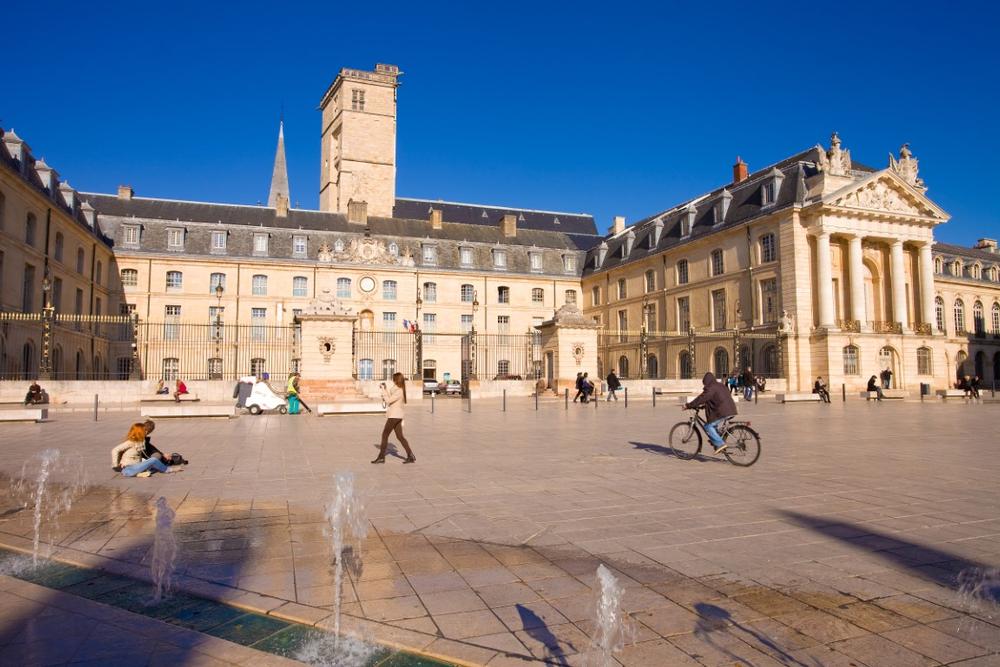
© aterrom/stock.adobe.com
Palais des Ducs, or the Palace of the Dukes and Estates of Burgundy, is one of Dijon’s most well-preserved examples of historical architecture. Parts of the palace that visitors can see today even date back to the 14th century, though a majority of it is from its renovations in the 17th and 18th century. The palace was used as a residence for the dukes of Burgundy, then a seat of the Burgundy governor, a drawing school and museum, and Dijon’s town hall among other things. The palace now houses the Museum of Fine Arts as well as the Town Hall, giving visitors the perfect opportunity to explore many aspects of Burgundy’s history in one place.
Address: 1 Place de la Libération, 21000 Dijon, France, Phone: +33-380-74-52-09
2. Climb the Tour Philippe le Bon for Panoramic Views of Dijon
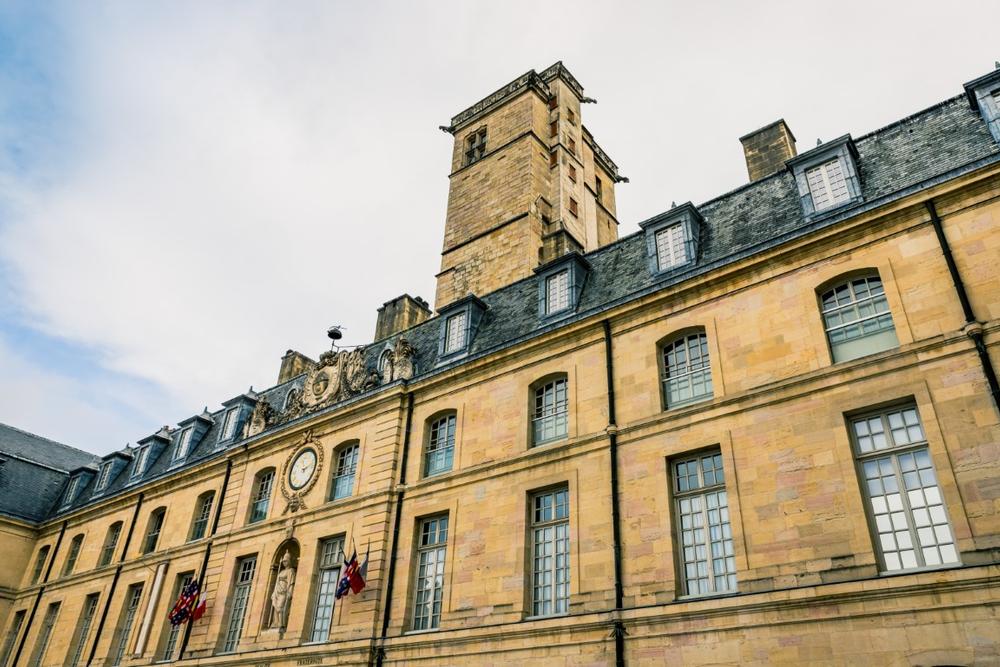
© MangAllyPop@ER/stock.adobe.com
Tour Philippe le Bon, also known as Tower Terrace, is a tower designed by architect Jean Poncelet for the Duke of Burgundy Philip the Good. Construction took place in the 15th century, and visitors today will still be able to see several aspects of classical and renaissance architecture within the tower. You’ll learn all about the history of the tower and will surely pick up on interesting facts such as the tower being built over what was once an ancient tower called Brancion from the 12th century, and the ancient tower of a Gallo-Roman castrum prior. The tower gargoyles are one of the most photographed aspects of Tour Philippe le Bon, as are the unique panoramic views of Dijon from the summit.
Address: Place des Ducs de Bourgogne, 21000 Dijon, France, Phone: +33-892-70-05-58
3. Admire Gothic Beauty at the Church of Notre-Dame of Dijon
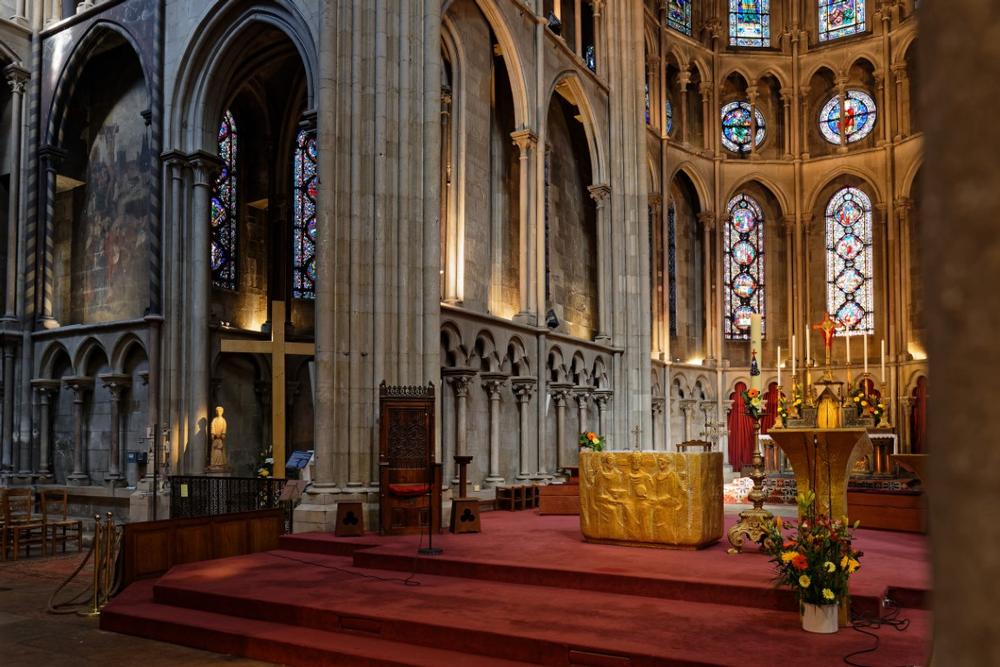
© Pierre-Jean DURIEU/stock.adobe.com
The Church of Notre-Dame of Dijon is a 13th century masterpiece that can be found right in the heart of the well-preserved old city. The Gothic architecture of the Roman Catholic church stands out from its nearby neighbor, the Palais des Ducs, and is such a wonder to explore. In addition to the beauty of the outer facade, you will also get to experience the beauty of the church’s interior. Spend time wandering the Latin cross floor plan of the church and take in the outstanding design and decor. An interesting fact that many people do not know is that the 51 gargoyles on the western facade are dummy replicas compares to the original, functional gargoyles on the lateral walls.
Address: 2 Place Notre Dame, 21000 Dijon, France
4. Explore Contemporary Art Exhibits at Le Consortium
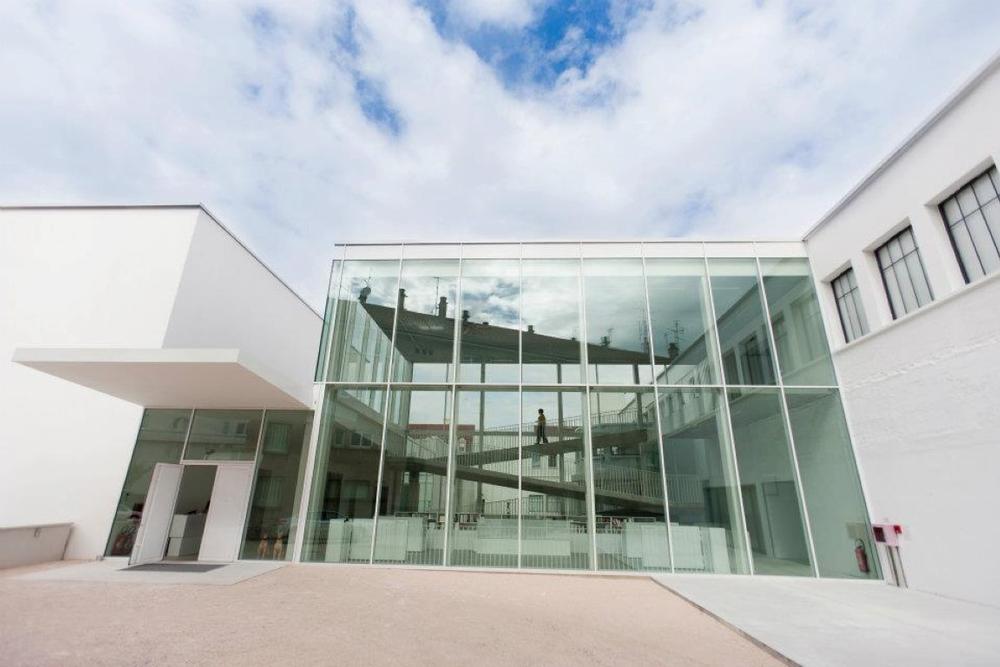
© Le Consortium
Le Consortium
has had several homes over the years but was originally started as a contemporary art center by certain members of The Corner Mirror association. Having joined hands with several other entities over the years, Le Consortium’s collection grew dramatically and now includes over 300 artworks from hundreds of local and international artists. No two visits will be the same, as the museum is constantly rotating their permanent exhibition spaces while also housing several visiting and temporary exhibitions there. The museum is also involved in several patron programs and public commissions which lets you see their artwork in places far from home such as South Korea and Qatar.
Address: 37 Rue de Longvic, 21000 Dijon, France, Phone: +33-380-68-45-55
Romantic Activities and Attractions:
5. Taste Local Flavors at the Vibrant Les Halles Market

© lindacaldwell/stock.adobe.com
One of the best places to really immerse yourself in Dijon’s unique culture is at Les Halles Market. You’ll be able to meet the people who live and work there, try out the local cuisine, and just take in all the sights and sounds. The market can be found in the middle of the old town and is filled with lively stalls, making it a hub of local life. Don’t miss out on some of the best produce from around France, a tantalizing selection of cheeses, as well as several prepared dishes like coq au vin or boeuf bourguignon which you can reheat and serve.
Address: Halles Centrales de Dijon, Chez Salaisons de Campagne, 21000 Dijon, France
6. Follow the Parcours de la Chouette for a Self-Guided City Adventure
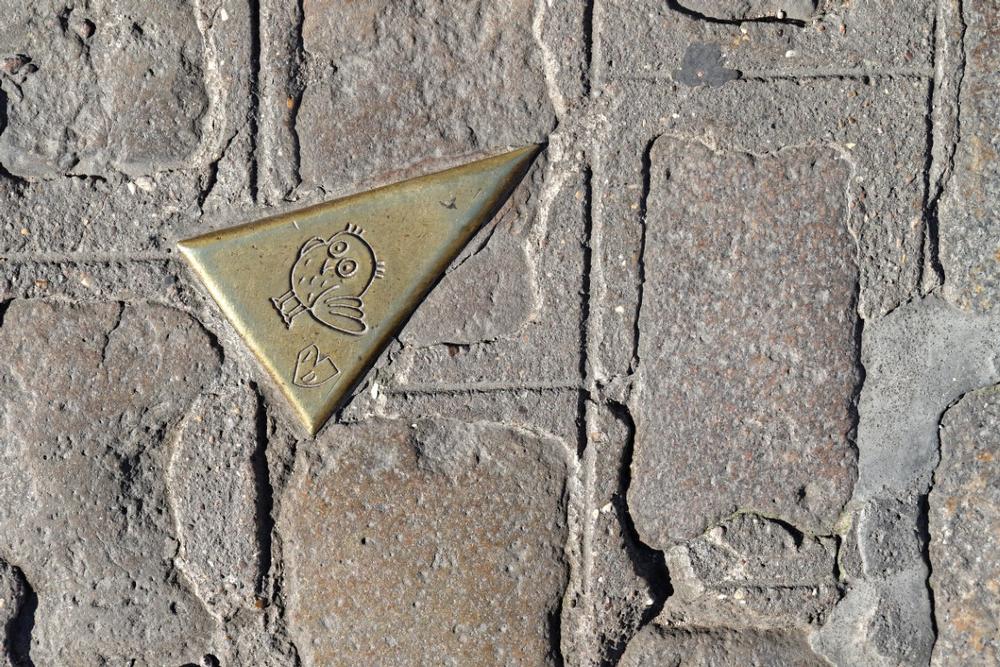
© Pierre-Jean DURIEU/stock.adobe.com
Parcours de la Couette is self-led tour of sorts that gives visitors the chance to take in all of the sites of Dijon’s historical center. The markings of an owl can be found on walls and sidewalks leading people to over 35 different attractions; these will take you through the town’s history and really let you see Dijon’s beauty and charm. Some of the sites on the circuit are the Zola quarter, the Jean-Jacques Rousseau quarter, the Charterhouse of Champmol, and the Well of Moses. It’s sure to be one of the most memorable parts of your trip, as you’ll see a side of Dijon that can’t be seen elsewhere.
7. View 17th–19th Century Collections at Musee Magnin
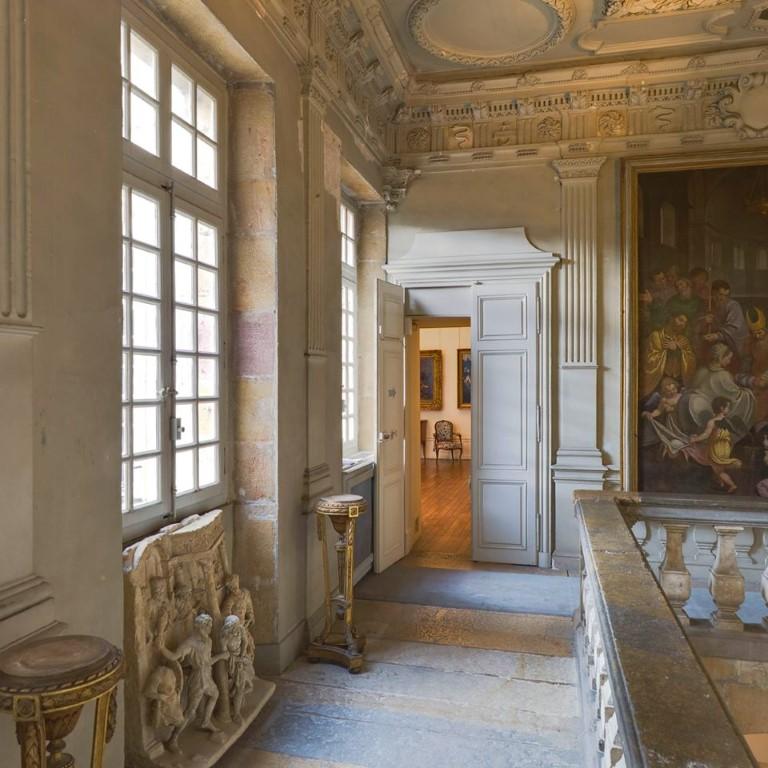
© Musée Magnin
Musee Magnin
started off as the private collection of brother and sister Maurice and Jeanne Magnin. They bequeathed 2,000 pieces of art to the state in 1938, along with the 17th century Hotel Lantin in which the collection is housed now. Visitors are invited to tour the Magnin family home, spend time perusing the works of art in the museum, and to just take in all the charm of historic Dijon which is visible in the hotel’s decor and architecture. Some of the paintings you’ll see in the collection are important 17th century works by artists such as Jean Baptiste de Champaigne, Laurent de La Hyre, and Eustache Le Sueur.
Address: Hotel Lantin, 4 Rue des Bons Enfants, 21000 Dijon, France, Phone: +33-380-67-11-10
8. Trace Ancient History at the Archaeological Museum of Dijon
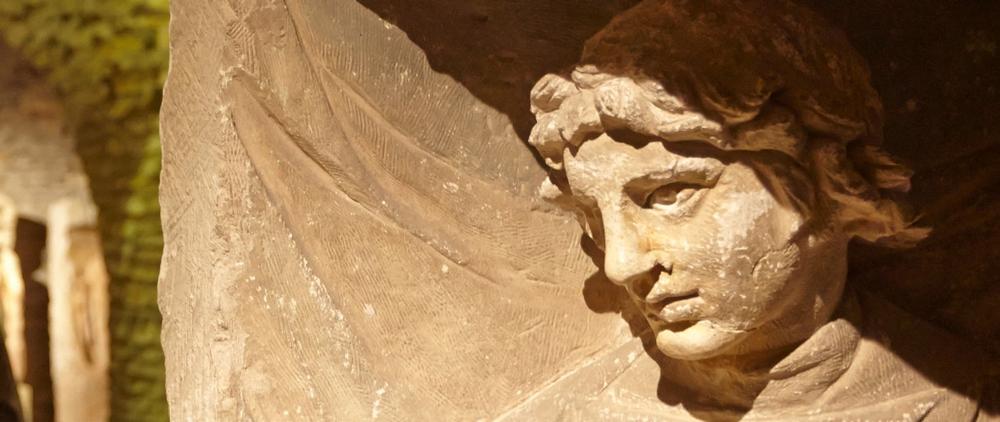
© Archaeological Museum of Dijon
Now housed in the former Saint Benigne abbey, the Archaeological Museum of Dijon started long ago in the late 18th century as the creative initiative of scholars and other important members of society. The museum serves many purposes including conducting archaeological digs, preserving historical findings, and publishing and sharing discoveries with students, professionals, and the public. Presently, visitors will be able to see several pieces that showcase the area’s history dating back to the Middle Ages. Popular collections include The Deposit of Blanot, The Sanctuary of the Sources De La Seine, and the Daily Life in the Gallo-Roman Era.
Address: 5 Rue Dr Maret, 21000 Dijon, France, Phone: +33-380-48-83-70
9. Visit the Romanesque Marvel of Cathedral Saint Benigne
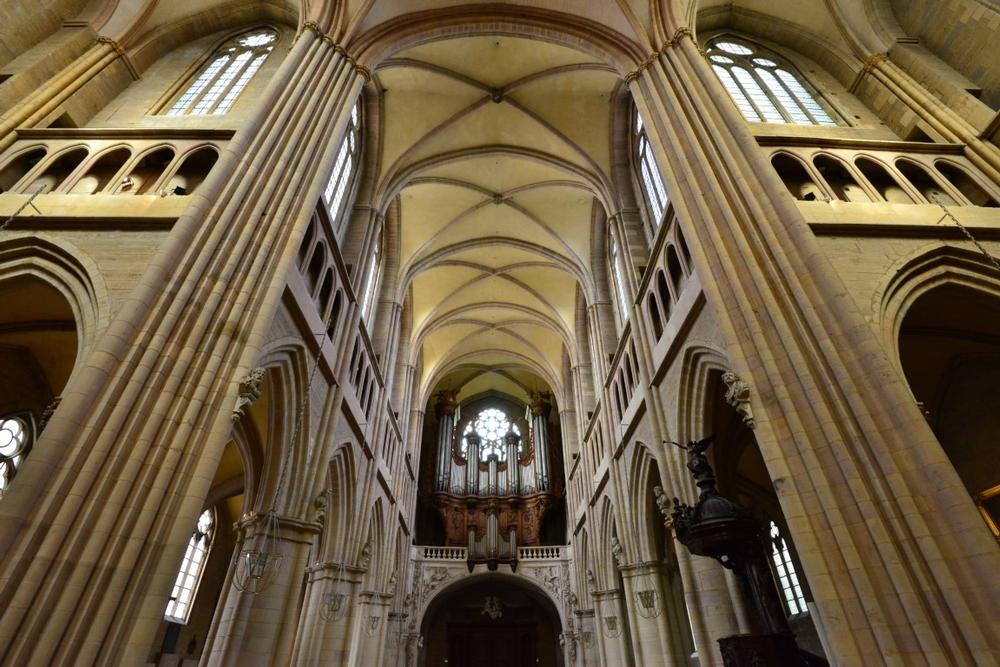
© PackShot/stock.adobe.com
The Cathedral of St. Benignus of Dijon is a Roman Catholic Church that is located in the heart of Dijon. As its name states, the church is dedicated to Saint Benignus, a martyr and patron saint. The gorgeous Gothic cathedral building was constructed between 1280 and 1325 and is now listed as a national monument. The cathedral is sure to be one of the most beautiful attractions that you come across in Dijon - you’ll be able to explore the heritage, organs, carillon, organs, crypt, and choirs of the parish. They have several events scheduled for the entire family throughout the year as well - these include Night of the Cathedrals, organ concerts, mass, and memorials.
Address: Cathedral Saint Benigne, Pl. Saint Bénigne, 21000 Dijon, France, Phone: +33-380-30-39-33
10. Reflect on Sculptural Mastery at the Well of Moses

© Jorge Alves/stock.adobe.com
The Dutch artist Claus Sluter was one of the most important sculptors of his age, and one of his most revered works is the Well of Moses in Dijon. The monumental sculpture was his masterpiece and was created in his workshop for the Cartusian monastery of Chartreuse de Champmol between 1395 and 1403. The original structure comprised for elements: a well that was filled with water channeled from the nearby river Ouche, a cross which rose from the center, a terrace, and a pier adorned with prophets and angels such as Zachariah, Isaiah, Moses, David, and Daniel. After surviving the French Revolution and years of weather damage, only the base with the sculptures remain in the Hospital de la Chartreuse for people to see.
Located in: Centre Hospitalier La Chartreuse
Address: Centre Hospitalier Spécialisé La Chartreuse 1, boulevard du Chanoine Kir, 21000 Dijon, France, Phone: +33-380-42-48-48
Must-see if you are a first-time visitor:
- Palace of the Dukes of Burgundy – Explore the city’s architectural crown jewel, now home to Dijon’s town hall and the Fine Arts Museum.
- Musée des Beaux-Arts – One of France’s oldest and most prestigious art museums, free to enter and filled with treasures.
- Dijon Cathedral (Saint-Bénigne) – A Gothic masterpiece with a crypt dating back to the 6th century.
- Rue des Forges & Owl Trail – Follow bronze owl markers on a self-guided walking tour through Dijon’s historic streets and landmarks.
Where I Like to Eat
- Restaurant William Frachot – Michelin-starred fine dining with creative French cuisine and elegant ambiance.
- La Maison des Cariatides – Refined bistro in a Renaissance-era building, serving seasonal regional dishes.
- DZ'Envies – Trendy and modern bistro offering fresh takes on classic French recipes using local ingredients.
My favorite local events:
- International and Gastronomic Fair of Dijon (November) – One of France’s largest food festivals, celebrating cuisine, wine, and regional products.
- Dijon Music Festival (June) – Live concerts and street performances across the city during Fête de la Musique.
- Open Wine Cellars Weekend (Spring/Fall) – Tour local Burgundy vineyards and taste acclaimed wines from the Côte de Nuits.
My favorite day trips within 30 Minutes of Dijon, France:
- Beaune (30 min by train or car) – Explore the heart of Burgundy wine country and tour the famed Hospices de Beaune.
- Gevrey-Chambertin (20 min) – Wine lovers can taste prestigious reds in this Côte de Nuits village.
- Clos de Vougeot (25 min) – Visit a historic château and vineyard that defines Burgundy wine culture.
- Fontenay Abbey (30 min) – A UNESCO-listed Cistercian abbey set in a peaceful forested valley.
- Canal de Bourgogne – Bike or stroll along this scenic canal that passes through charming countryside and historic locks.
Plan Your Trip


